The conceptual paradigm of an archeological pavilion frames the curatorial thinking of this exhibition. The archeological pavilion is an armature for the brain in the site of excavation. Its temporary, three dimensional form provides shelter for reflection. It is where planning occurs and the artefacts are measured and recorded. Layers of history come together and overlap within the garden of Villa Lontana. Sculptures from different eras are situated here. Bringing contemporary works which engage with duration, narrative and history into a dialogue with the garden animates our experience of the artefacts present in it. This plays with our perception of the past and its presentness.
Download Press Release
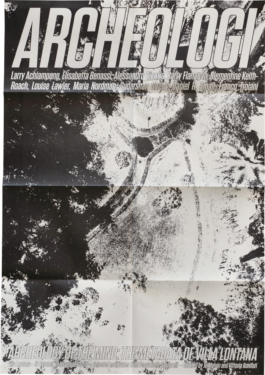
Poster 70x100cm, offset, 80gr uncoated paper
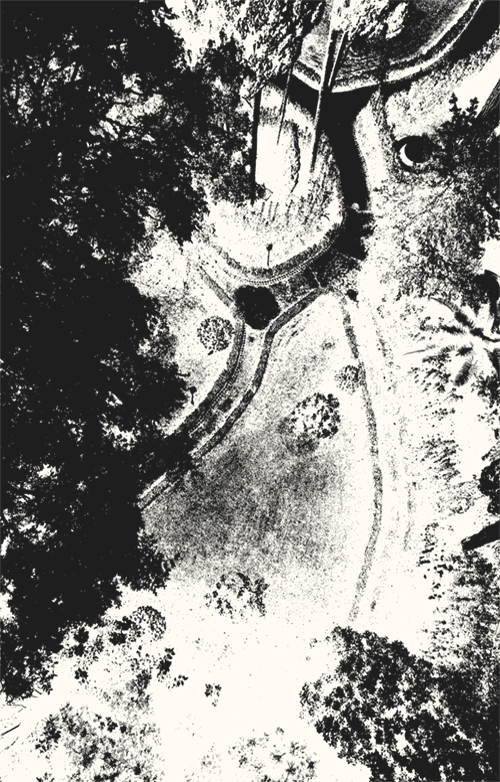
Archeologi invitation
To ask where and when the metadata of Villa Lontana begins is to set in motion streams of interconnected threads of histories. Artefacts, from domestic to forgotten and overlooked, urns, sarcophagi, grand edifices emerge as the specifics and traces of previous habitations over which we ponder. This exhibition situates works by Larry Achiampong, Elisabetta Benassi, Alessandro Cicoria, Barry Flanagan, Clementine Keith-Roach, Louise Lawler, Maria Nordman, Sudarshan Shetty, Daniel R. Small, Franco Troiani into this conversation.
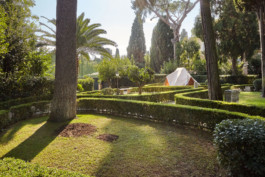
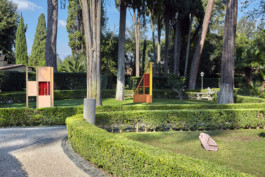
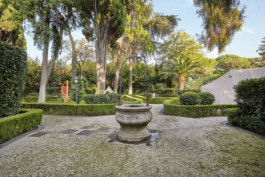
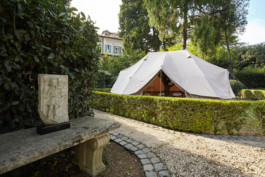
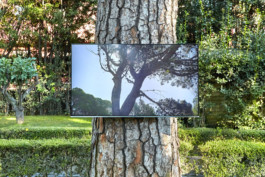
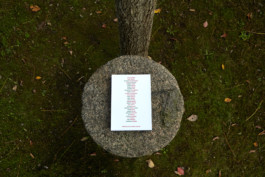
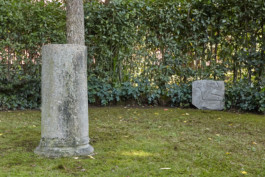
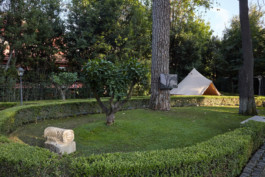
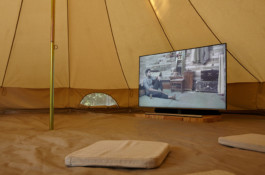
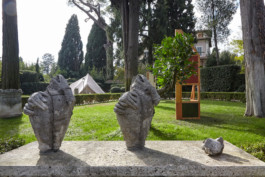
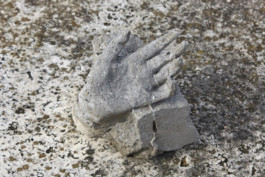
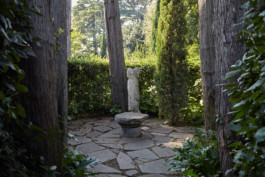
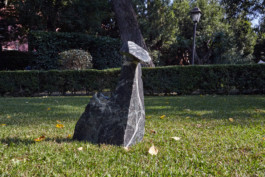
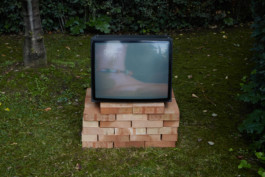
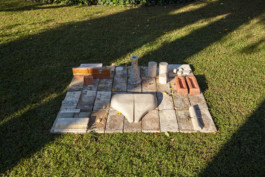
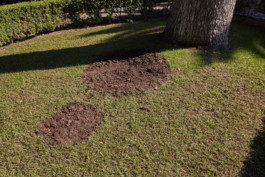
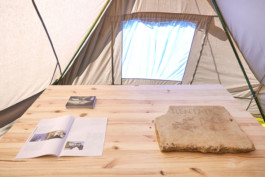
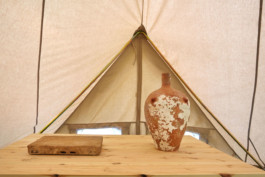
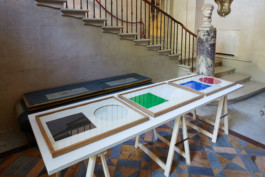
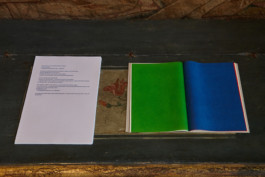
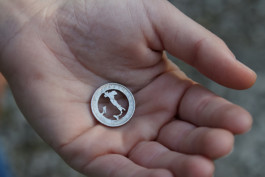
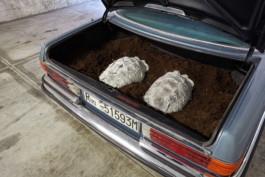
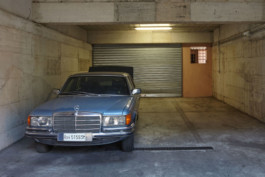
Installation view of ARCHEOLOGI, Villa Lontana, 13 October - 10 November 2018.
Franco Troiani, ‘Sacrario Metafisico’, 1994; ‘Tempio di Ade’, 1996. Porphyry fragment of bathtub, II-III AD.
Well in red marble from Verona, XVIII century.
Relief of St. Christopher, XVII century. Archeologist’s tent.
Larry Achiampong, ‘Relic 0’, 2017.
Louise Lawler, ‘Birdcalls’, 1972-81, audio recording and text.
Roman column in grey marble. Egyptian funerary relief in granite, II-I millennia BC.
Fragment of pulvino with head of Medusa, II AD. Larry Achiampong, ‘Relic 0’, 2017. Archeologist’s tent.
Sudarshan Shetty, 'Shoonya Ghar’, 2015.
Clementine Keith-Roach, ‘Internal Object 2’, ‘Internal Object 3’, ‘Part Object 3’, 2018.
Clementine Keith-Roach, Part Object 2, 2018.
Headless female with drape, I BC.
Barry Flanagan, ‘Miracle in the cabbage patch VIII, 78’, 1978.
Barry Flanagan, ‘Sand Girl’, 1970.
Franco Troiani, ‘Arcaica’, 1996.
Alessandro Cicoria, 2018.
Alessandro Cicoria, ‘Ville Lontane’, 2018. Funerary epitaph with bird, IV-V AD.
Clementine Keith-Roach, ‘Aitia’, 2018. Daniel Small, ‘The Petrified Order: Laptop’, 2017.
Maria Nordman, ‘I Giardini di Aspasia’, 1984.
Maria Nordman, ‘Note 1974-84’.
Elisabetta Benassi, ‘Letargo’, 2018.
Elisabetta Benassi, ‘Letargo’, 2018.
Elisabetta Benassi, ‘Letargo’, 2018.
BOOK LAUNCH
ARCHEOLOGI: The metadata of Villa Lontana
Friday 3rd May, 6—9pm
Villa Lontana
7:30pm – Sound performance by Walter Maioli (Aktuala, Futuro Antico, Synaulia), musician, composer and experimental archeologist.
Urne Etrusche a Volterra (1958) of Carlo Ludovico Ragghianti will be screened on a loop during the evening.
For the publication launch we are re-siting the archeological pavilion in the garage of Villa Lontana. ARCHEOLOGI situates works by Larry Achiampong, Elisabetta Benassi, Alessandro Cicoria, Barry Flanagan, Clementine Keith-Roach, Louise Lawler, Maria Nordman, Sudarshan Shetty, Daniel R. Small, Franco Troiani in the garden of Villa Lontana. The book includes a section where each artist responded to the documentation of the exhibition as a work in itself.
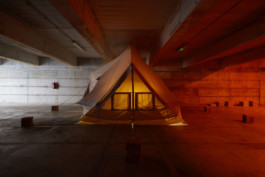
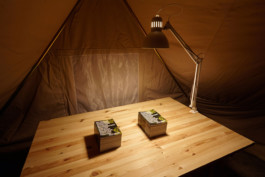
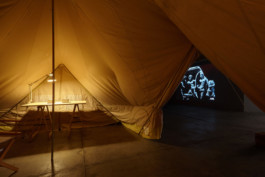
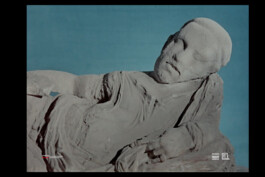
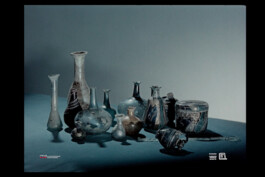
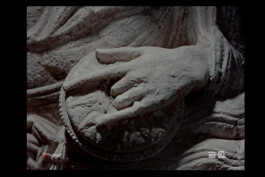
Book launch of ARCHEOLOGI: The metadata of Villa Lontana in Villa Lontana's garage
ARCHEOLOGI: The metadata of Villa Lontana
Installation view of ARCHEOLOGI: The metadata of Villa Lontana and Urne Etrusche a Volterra (1958) by Carlo Ludovico Ragghianti
The use of drones for aerial images, references archaeological surveillance. Drones with their all-seeing eyes like the ancient gods, hover, climb and descend, are increasingly a part of our everyday landscape. Used in agriculture, on archaeological sites and in war zones they encourage philosophical debate on moral questions. The garden of Villa Lontana was photographed by a drone camera before the exhibition opened.
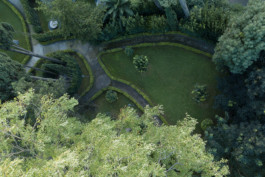
Villa Lontana's garden photographed by a drone on 23/9/18
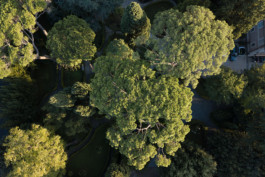
Villa Lontana's garden photographed by a drone on 23/9/18
ARCHEOLOGI: The metadata of Villa Lontana
12x18cm, 180 pag, offset, 80gr uncoated paper/115 glossy paper
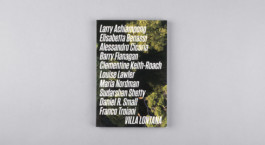
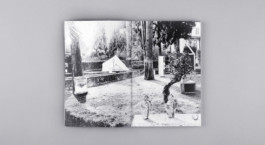
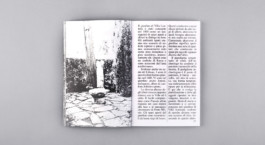
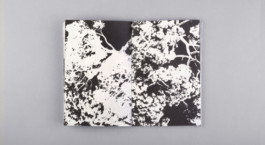
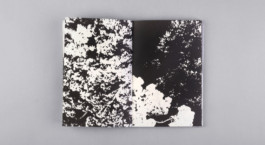
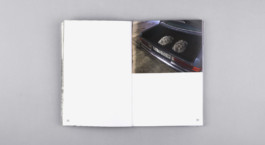
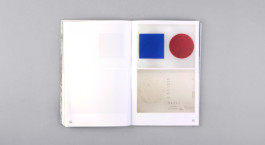
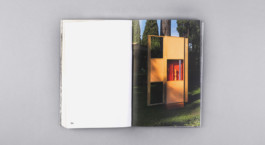
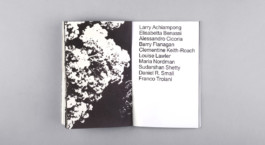
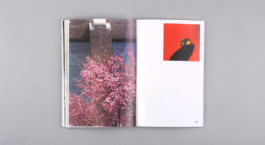
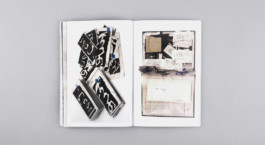
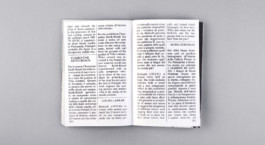
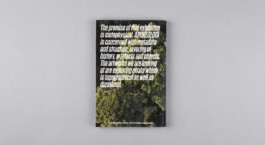
ALESSANDRO CICORIA
Ville Lontane, 2019
Artist edition, 17x24cm, 28 pag, offset, 80gr glossy paper
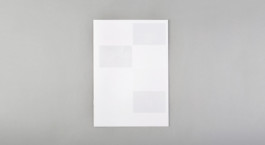
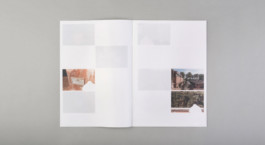
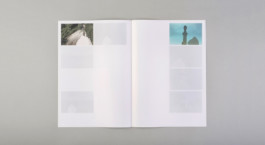
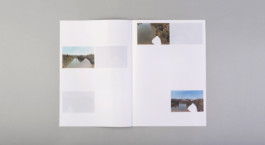

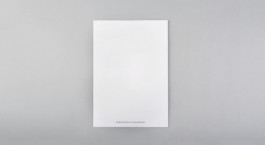
The conceptual paradigm of an archeological pavilion frames the curatorial thinking of this exhibition. The archeological pavilion is an armature for the brain in the site of excavation. Its temporary, three dimensional form provides shelter for reflection. It is where planning occurs and the artefacts are measured and recorded. Layers of history come together and overlap within the garden of Villa Lontana. Sculptures from different eras are situated here. Bringing contemporary works which engage with duration, narrative and history into a dialogue with the garden animates our experience of the artefacts present in it. This plays with our perception of the past and its presentness.
Download Press Release




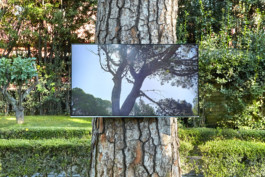
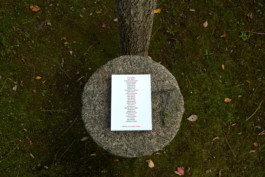
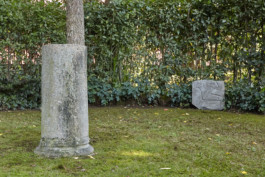


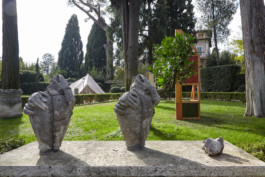
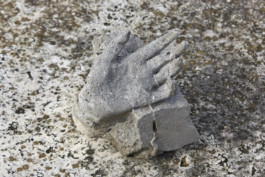
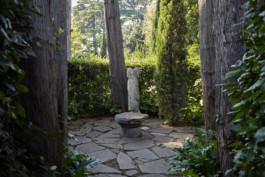

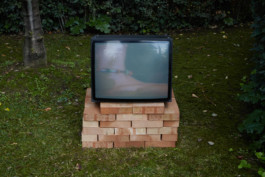
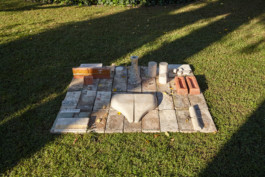








To ask where and when the metadata of Villa Lontana begins is to set in motion streams of interconnected threads of histories. Artefacts, from domestic to forgotten and overlooked, urns, sarcophagi, grand edifices emerge as the specifics and traces of previous habitations over which we ponder. This exhibition situates works by Larry Achiampong, Elisabetta Benassi, Alessandro Cicoria, Barry Flanagan, Clementine Keith-Roach, Louise Lawler, Maria Nordman, Sudarshan Shetty, Daniel R. Small, Franco Troiani into this conversation.
BOOK LAUNCH
ARCHEOLOGI: The metadata of Villa Lontana
Friday 3rd May, 6—9pm
Villa Lontana
7:30pm – Sound performance by Walter Maioli (Aktuala, Futuro Antico, Synaulia), musician, composer and experimental archeologist.
Urne Etrusche a Volterra (1958) of Carlo Ludovico Ragghianti will be screened on a loop during the evening.
For the publication launch we are re-siting the archeological pavilion in the garage of Villa Lontana. ARCHEOLOGI situates works by Larry Achiampong, Elisabetta Benassi, Alessandro Cicoria, Barry Flanagan, Clementine Keith-Roach, Louise Lawler, Maria Nordman, Sudarshan Shetty, Daniel R. Small, Franco Troiani in the garden of Villa Lontana. The book includes a section where each artist responded to the documentation of the exhibition as a work in itself.






The use of drones for aerial images, references archaeological surveillance. Drones with their all-seeing eyes like the ancient gods, hover, climb and descend, are increasingly a part of our everyday landscape. Used in agriculture, on archaeological sites and in war zones they encourage philosophical debate on moral questions. The garden of Villa Lontana was photographed by a drone camera before the exhibition opened.


ARCHEOLOGI: The metadata of Villa Lontana
12x18cm, 180 pag, offset, 80gr uncoated paper/115 glossy paper













ALESSANDRO CICORIA
Ville Lontane, 2019
Artist edition, 17x24cm, 28 pag, offset, 80gr glossy paper




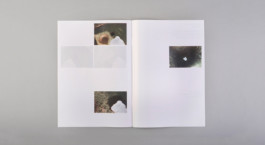

Poster
70x100cm, offset, 80gr uncoated paper

